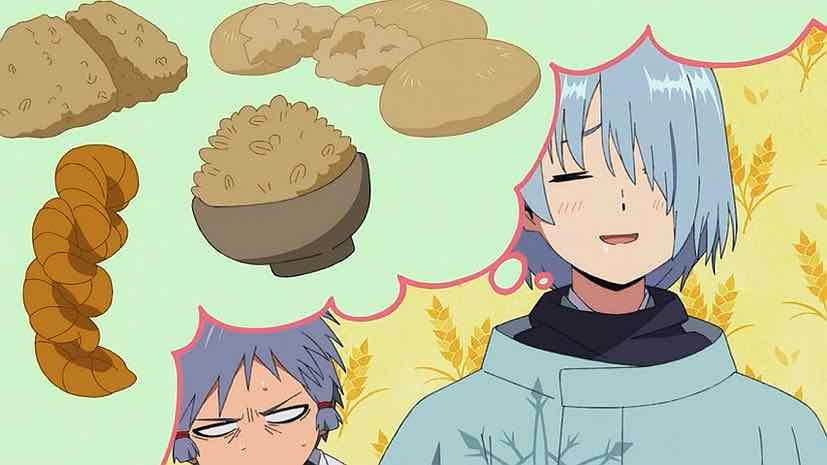 We’re at a funny spot with Nigewaka. In point of fact today was originally scheduled to be the finale, though that was pushed back a week due to the recap episode. But irrespective, we don’t officially know what happens after that. There seems to be a widespread belief that a second cour is coming (and likely a lot more). One-cour adaptations of WSJ series are rare, even ones with lesser sales (which TES really isn’t). There were even rumors pre-airing that 2 cours had been greenlit. Now the anime has seen the biggest manga sales boost of any summer show. But officially, nothing. And given my generally pessimistic nature about the anime industry, I’m going to be sweating it until next weekend (and if there’s no announcement then, it’s seriously sauna time).
We’re at a funny spot with Nigewaka. In point of fact today was originally scheduled to be the finale, though that was pushed back a week due to the recap episode. But irrespective, we don’t officially know what happens after that. There seems to be a widespread belief that a second cour is coming (and likely a lot more). One-cour adaptations of WSJ series are rare, even ones with lesser sales (which TES really isn’t). There were even rumors pre-airing that 2 cours had been greenlit. Now the anime has seen the biggest manga sales boost of any summer show. But officially, nothing. And given my generally pessimistic nature about the anime industry, I’m going to be sweating it until next weekend (and if there’s no announcement then, it’s seriously sauna time).
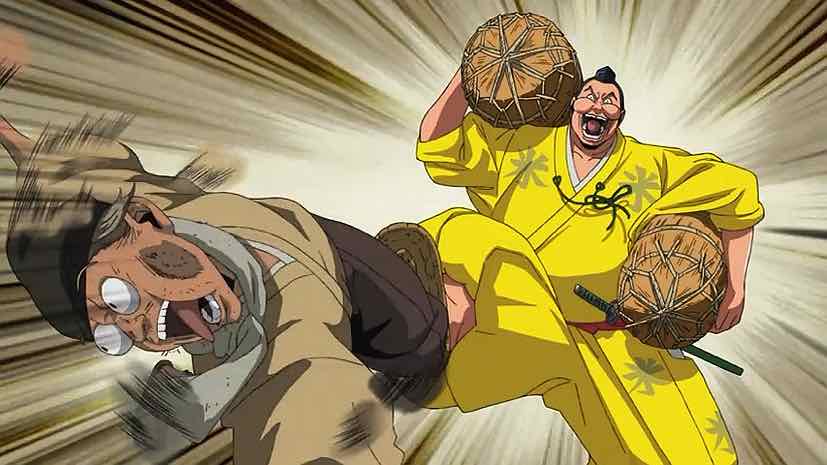 I know where things are going to be left off after cour 1 of course, and it’s really pre-prequel. Not only are we not at the main event, we’ve really barely dipped a toe into setup. Tokiyuki (now nine years old) is given as assignment by Yorishige, and it’s a tough one. The locals in a district called Kawanakajima – Suwa loyalists living under enemy rule – have been forced to surrender their second harvest in retribution for being Hojo dogs. Traditionally under shogunate rule at the time, only the first harvest (mostly rice and millet) was taxed. The second (barley) was left to the local farms and villages.
I know where things are going to be left off after cour 1 of course, and it’s really pre-prequel. Not only are we not at the main event, we’ve really barely dipped a toe into setup. Tokiyuki (now nine years old) is given as assignment by Yorishige, and it’s a tough one. The locals in a district called Kawanakajima – Suwa loyalists living under enemy rule – have been forced to surrender their second harvest in retribution for being Hojo dogs. Traditionally under shogunate rule at the time, only the first harvest (mostly rice and millet) was taxed. The second (barley) was left to the local farms and villages.
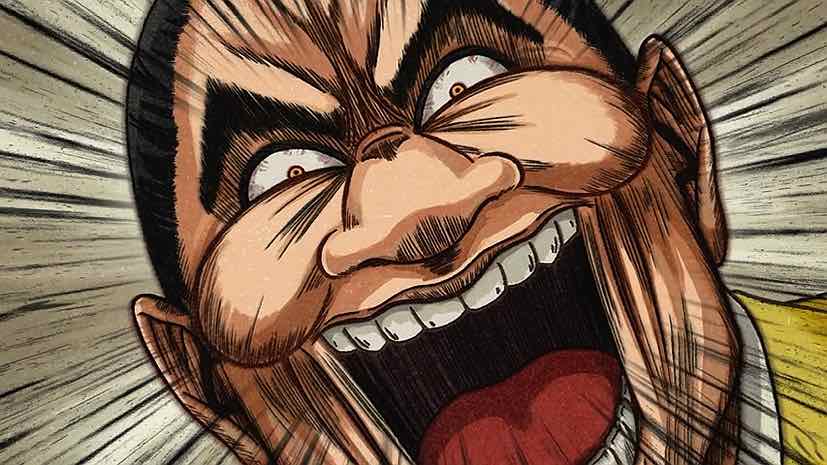 There are two dynamics playing out here. The first is the tension between Imperial aristocrats like the new governor, Kiyohara (Katsu Anri) and local officials and military leaders. Most of them resented the interference of Kyoto nobles who had little practical experience (or common sense), either in battle or at peacetime administration. Sadamune certainly falls among that number. He’s absolutely no fool. and not wantonly cruel for its own sake – just ruthless. He sees no value in in antagonizing the people he has to rule and trashing custom, but he’s not in a position to flat-out refuse.
There are two dynamics playing out here. The first is the tension between Imperial aristocrats like the new governor, Kiyohara (Katsu Anri) and local officials and military leaders. Most of them resented the interference of Kyoto nobles who had little practical experience (or common sense), either in battle or at peacetime administration. Sadamune certainly falls among that number. He’s absolutely no fool. and not wantonly cruel for its own sake – just ruthless. He sees no value in in antagonizing the people he has to rule and trashing custom, but he’s not in a position to flat-out refuse.
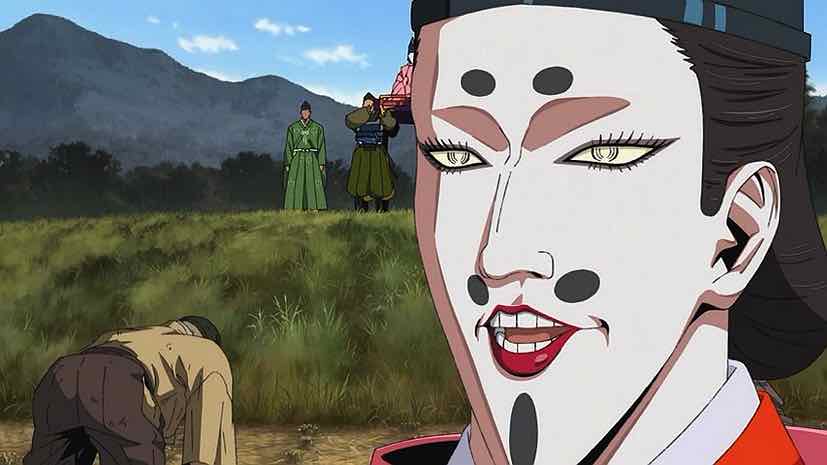 The second dynamic – the one impacting Tokiyuki – is Bushido, the samurai code. To be precise, the fact that Tokiyuki’s entire story is a rejection of Bushido and its core tenets. Surviving is not a noble pursuit in its own right – much better to die the right way than to live the wrong way. You actually saw some of this play out in a modern setting in the superb Godzilla Minus One, but this is closer to the source (literal samurai are involved). The leader of the affronted region, Hoshina Yasaburou (Inada Tetsu) plans to go to battle with the far larger Imperial army, knowing full well he and his men will be annihilated. It’s the Bushido thing to do.
The second dynamic – the one impacting Tokiyuki – is Bushido, the samurai code. To be precise, the fact that Tokiyuki’s entire story is a rejection of Bushido and its core tenets. Surviving is not a noble pursuit in its own right – much better to die the right way than to live the wrong way. You actually saw some of this play out in a modern setting in the superb Godzilla Minus One, but this is closer to the source (literal samurai are involved). The leader of the affronted region, Hoshina Yasaburou (Inada Tetsu) plans to go to battle with the far larger Imperial army, knowing full well he and his men will be annihilated. It’s the Bushido thing to do.
 As always, Yorishige has ulterior motives for these assignments he gives the young lord. True, losing Hoshina – a good fighter – and his army would be a blow to the Suwa (and Hojo) cause. But Tokiyuki must learn how to extend his ability to survive to an army, not just himself. In short, he must become a real general because on the path he’s chosen, war is unavoidable. Even more, he must become an ambassador for the nobility of survival – for revenge by living. What he (and Yorishige) are trying to do is subversive in a very literal sense. And in fact Tokiyuki must live with the guilt of rejecting the path most of his own clan chose – to die gracefully rather than face a future in exile or hiding.
As always, Yorishige has ulterior motives for these assignments he gives the young lord. True, losing Hoshina – a good fighter – and his army would be a blow to the Suwa (and Hojo) cause. But Tokiyuki must learn how to extend his ability to survive to an army, not just himself. In short, he must become a real general because on the path he’s chosen, war is unavoidable. Even more, he must become an ambassador for the nobility of survival – for revenge by living. What he (and Yorishige) are trying to do is subversive in a very literal sense. And in fact Tokiyuki must live with the guilt of rejecting the path most of his own clan chose – to die gracefully rather than face a future in exile or hiding.
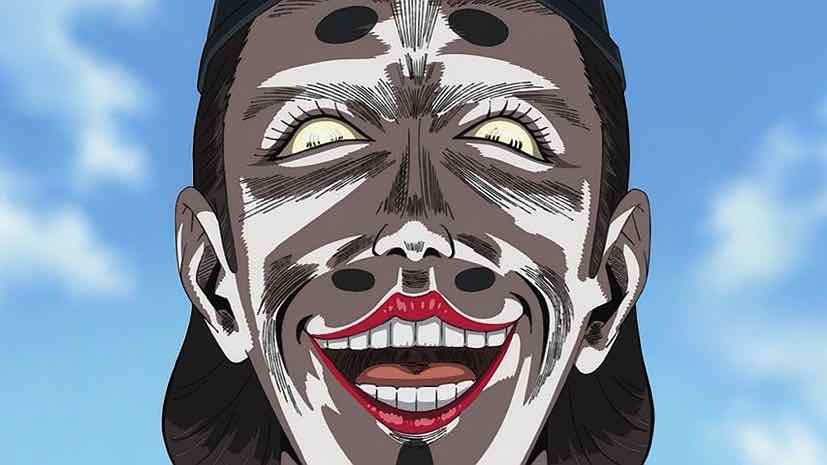 Convincing Hoshina is going to be no easy challenge. Of course as a messenger from the Grand Shrine he’s welcomed into Hoshina’s camp. But there’s no appetite there for the message he brings. “To our glorious deaths” rings loudly in samurai ears – they’re drunk on the idea of Bushido glory post-mortem (and have given up hope for the future of the world of the living). Hoshina’s neighbor, Saemontarou Shinomiya (Kamio Shinichirou), there in support, is a friendlier face who hasn’t drunk the Kool-aid and has no appetite for self-destruction. But he sees little hope the inevitable can be averted.
Convincing Hoshina is going to be no easy challenge. Of course as a messenger from the Grand Shrine he’s welcomed into Hoshina’s camp. But there’s no appetite there for the message he brings. “To our glorious deaths” rings loudly in samurai ears – they’re drunk on the idea of Bushido glory post-mortem (and have given up hope for the future of the world of the living). Hoshina’s neighbor, Saemontarou Shinomiya (Kamio Shinichirou), there in support, is a friendlier face who hasn’t drunk the Kool-aid and has no appetite for self-destruction. But he sees little hope the inevitable can be averted.
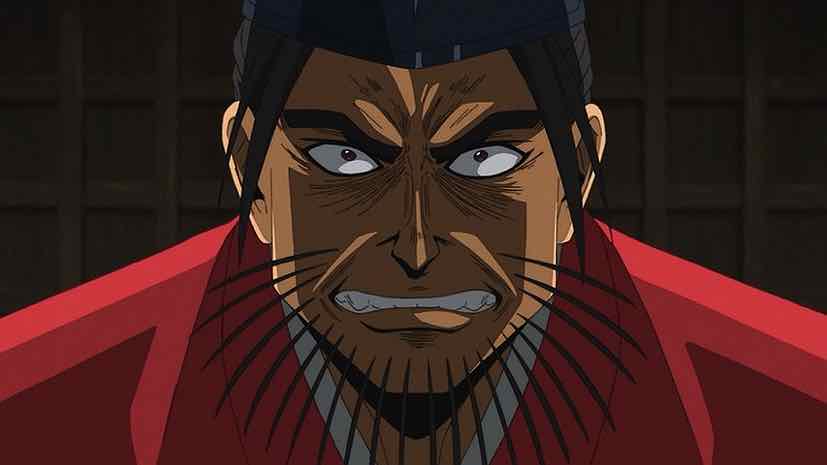 In the final analysis Fubuki and Koujirou, who have more battle experience than the other Elusive Warriors, see no other option than to let Hoshina and his suicidal men be bloodied in a day of battle. If they survive, perhaps they’d be more persuadable. They set about applying their talents to make that survival happen and, with Genba’s help, the Suwa forces manage to avoid total annihilation on the first day. At this point Tokiyuki opts for the direct approach in more ways than one, and gets especially direct after a gourd of sake spills on him (can even a tyke get drunk that way)?
In the final analysis Fubuki and Koujirou, who have more battle experience than the other Elusive Warriors, see no other option than to let Hoshina and his suicidal men be bloodied in a day of battle. If they survive, perhaps they’d be more persuadable. They set about applying their talents to make that survival happen and, with Genba’s help, the Suwa forces manage to avoid total annihilation on the first day. At this point Tokiyuki opts for the direct approach in more ways than one, and gets especially direct after a gourd of sake spills on him (can even a tyke get drunk that way)?
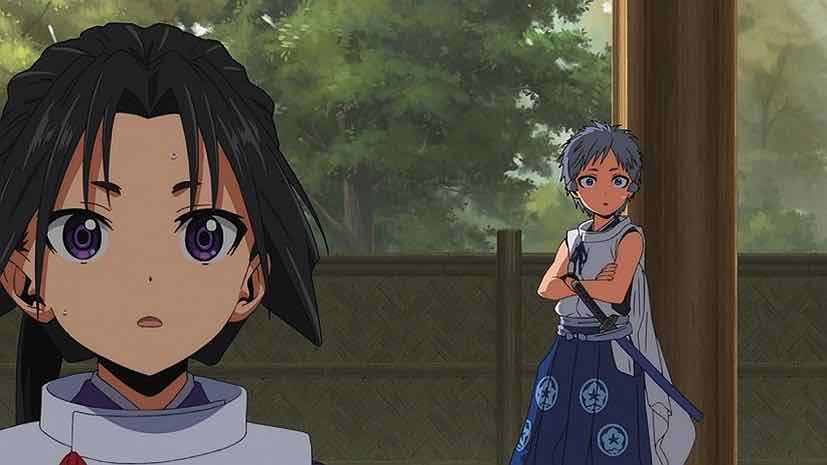 What eventually breaks through Hoshina’s pig-headed idiocy is the obvious authenticity with which Tokiyuki speaks of death and survival – even buzzed himself he realizes this odd boy has seen things. That, and Shinomiya’s timely intervention on the side of sanity. Eventually he caves and agrees to retreat to the north, where he can consolidate with Shinomiya’s forces and survive to fight another day. This is by no means over – Ishikawa (acting as Sadamune’s proxy after the latter ditched this battle) realizes the smart approach is to accept victory and claim Kawanakajima with no further resistance. But Kiyohara insists on pursuing and slaughtering the retreating Suwa force. The real battle here, though, was to instill in Hoshina and his men the will to survive in the first place – and that’s a battle Tokiyuki has already won.
What eventually breaks through Hoshina’s pig-headed idiocy is the obvious authenticity with which Tokiyuki speaks of death and survival – even buzzed himself he realizes this odd boy has seen things. That, and Shinomiya’s timely intervention on the side of sanity. Eventually he caves and agrees to retreat to the north, where he can consolidate with Shinomiya’s forces and survive to fight another day. This is by no means over – Ishikawa (acting as Sadamune’s proxy after the latter ditched this battle) realizes the smart approach is to accept victory and claim Kawanakajima with no further resistance. But Kiyohara insists on pursuing and slaughtering the retreating Suwa force. The real battle here, though, was to instill in Hoshina and his men the will to survive in the first place – and that’s a battle Tokiyuki has already won.


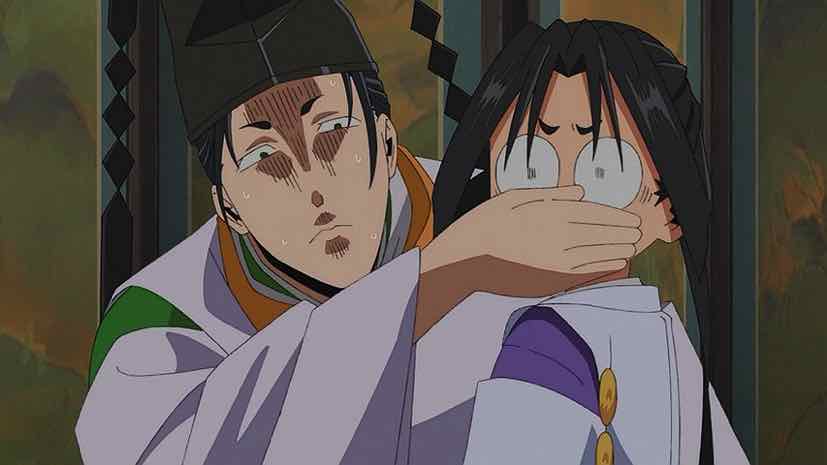
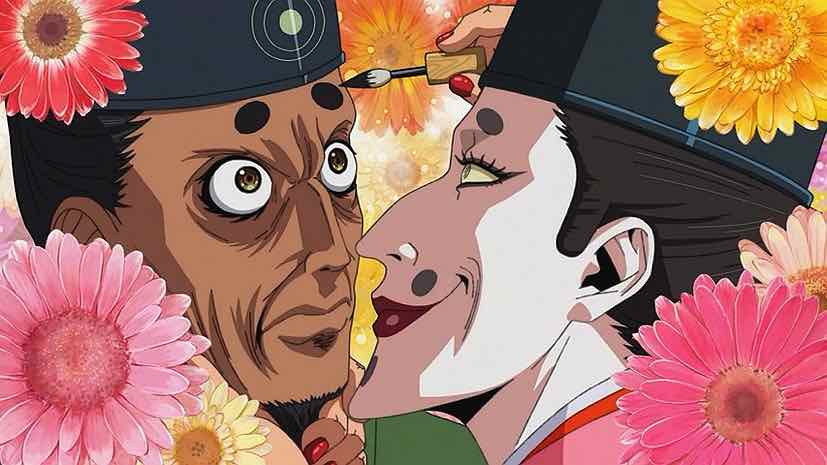
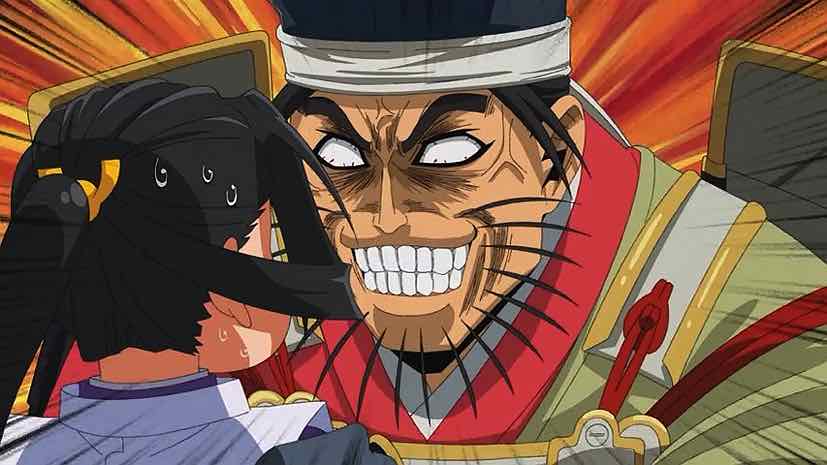
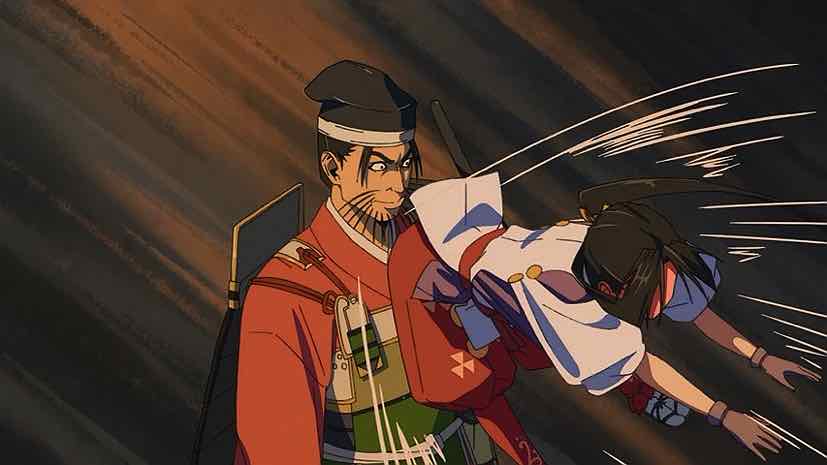
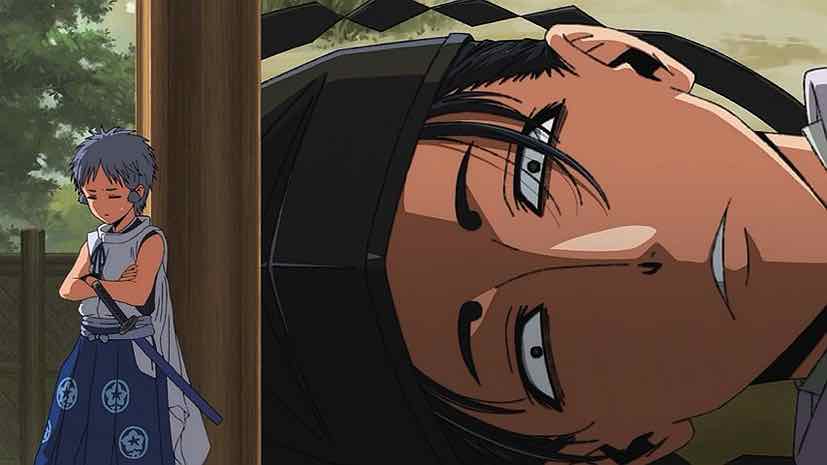
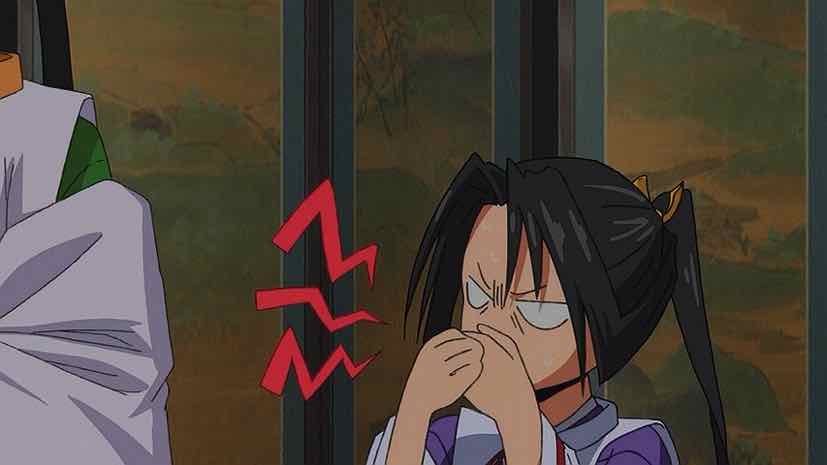
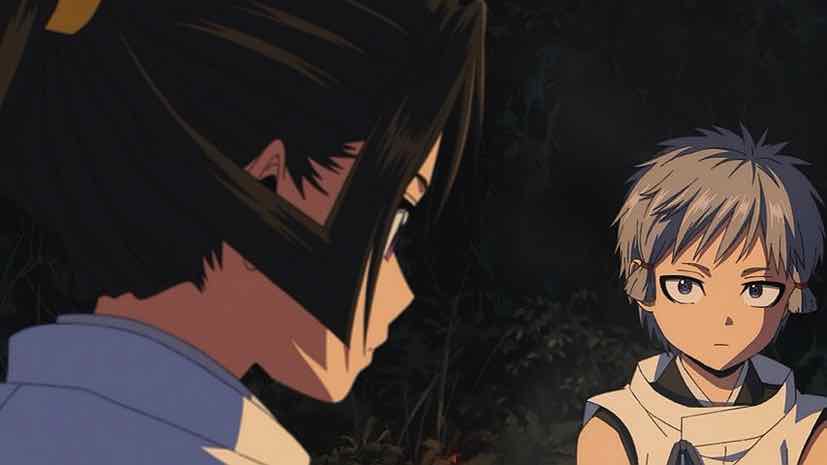
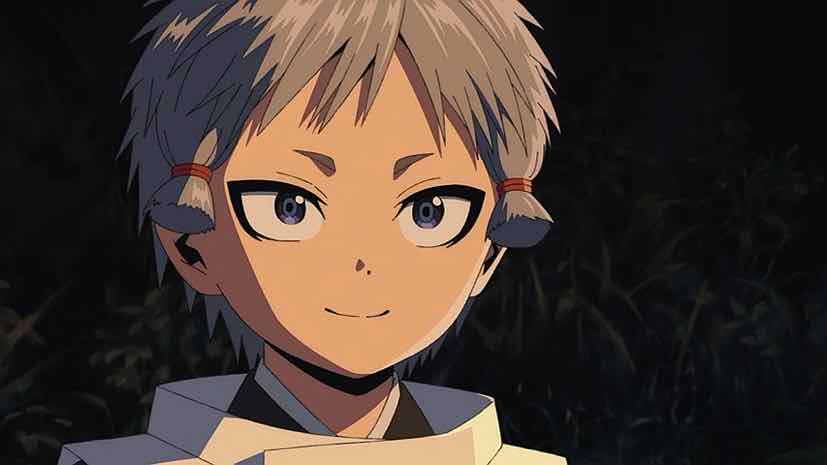
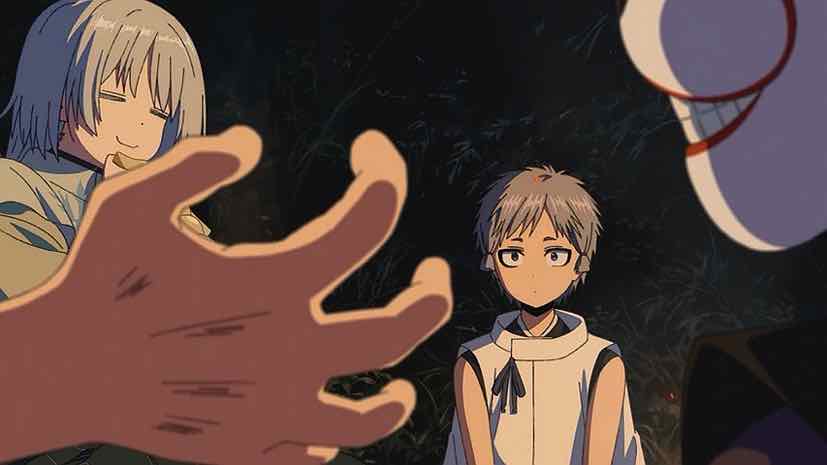


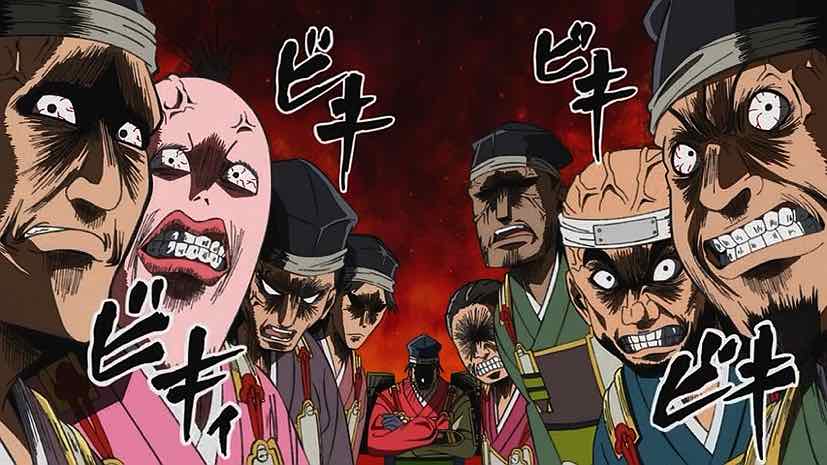

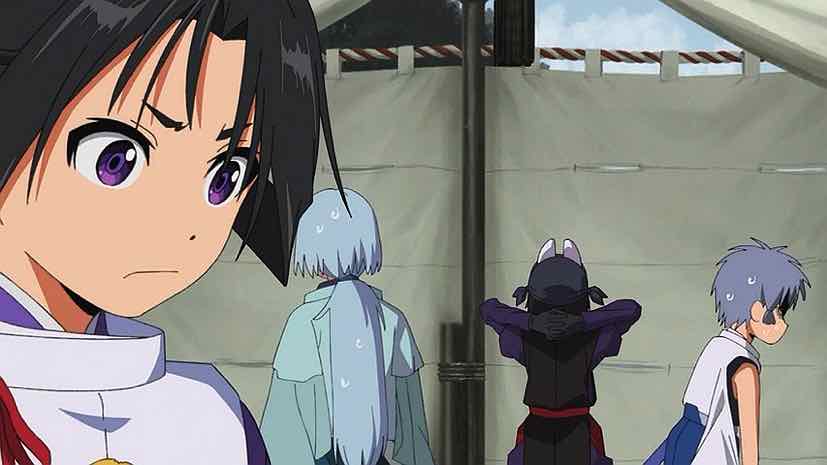
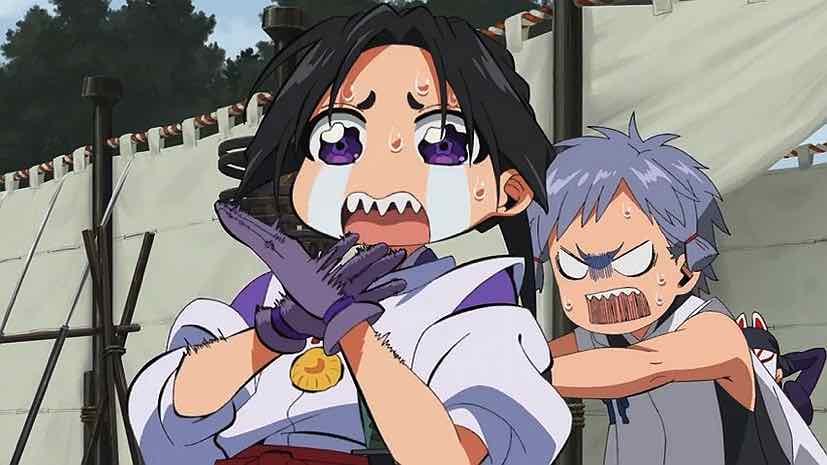
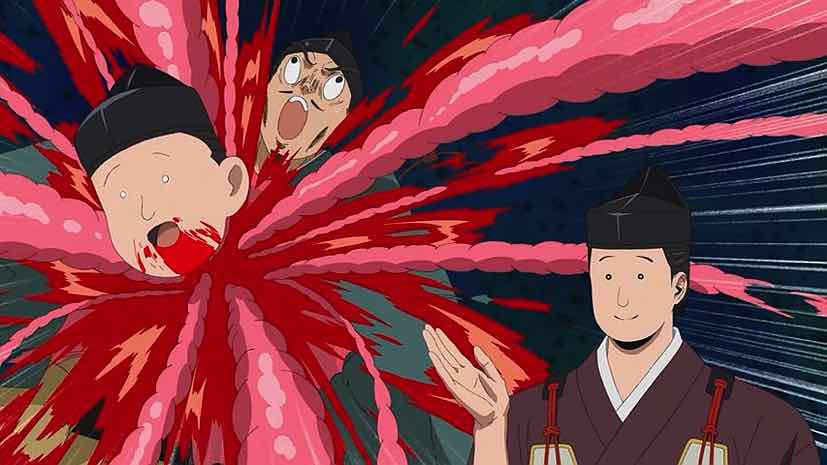
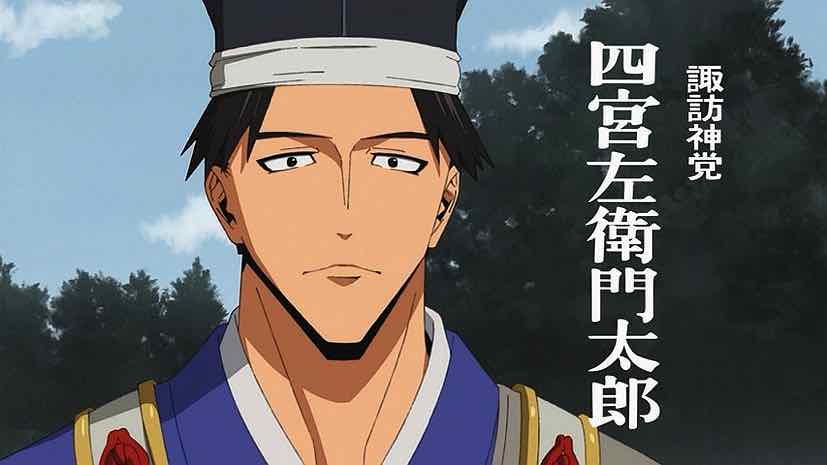
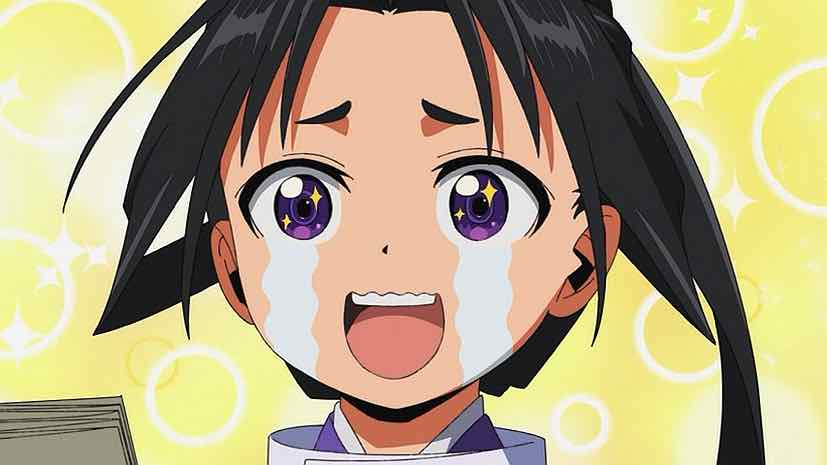

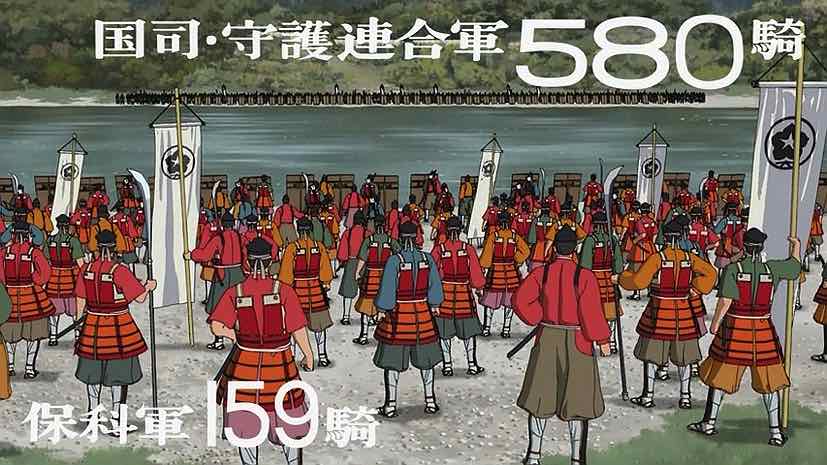
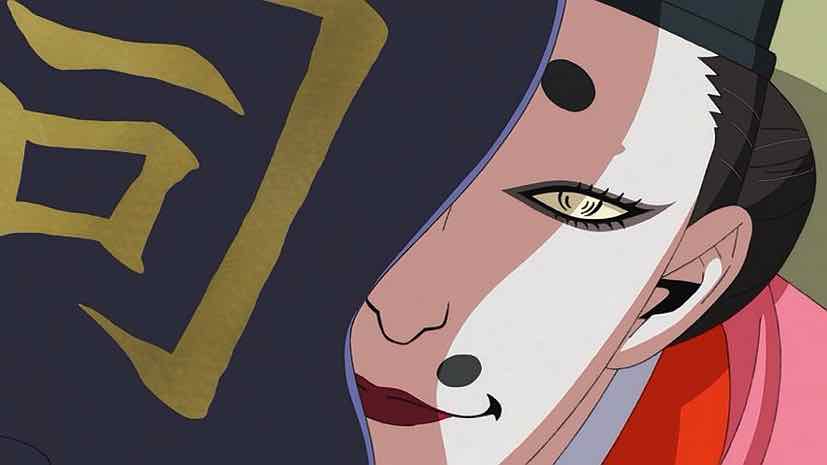
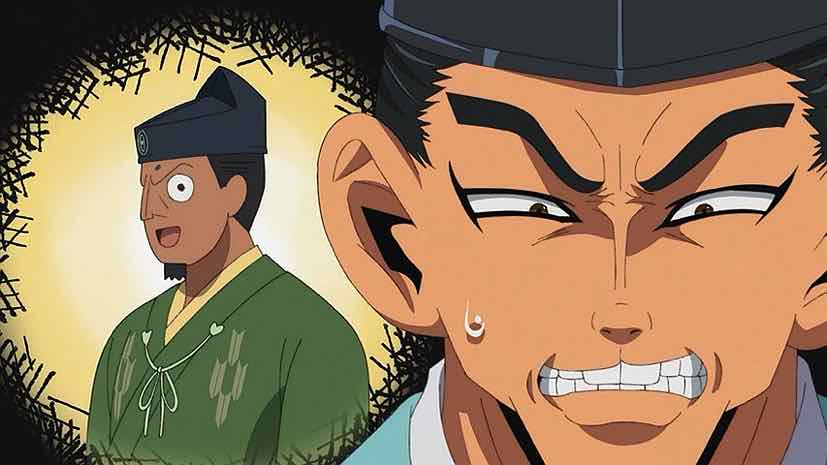
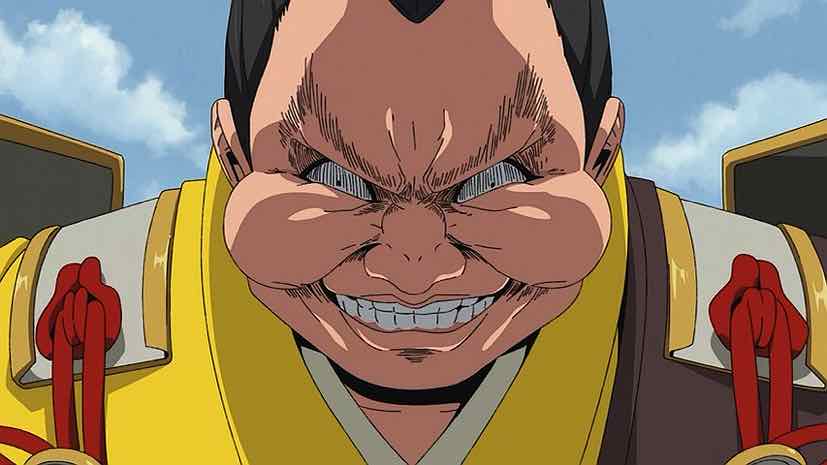
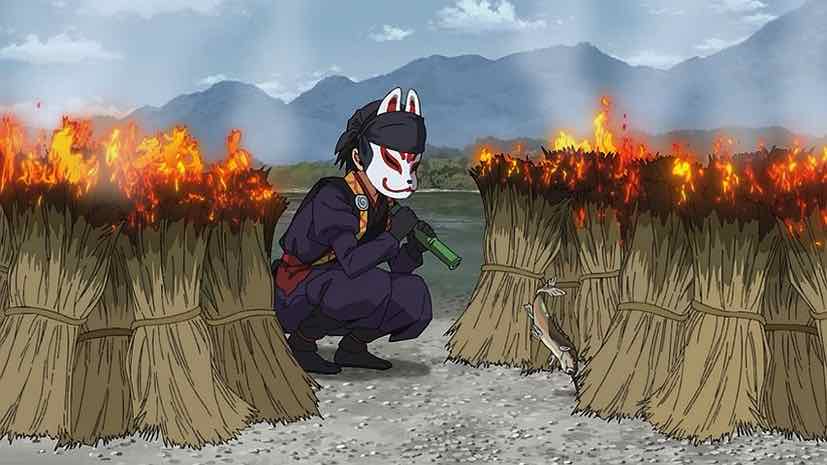
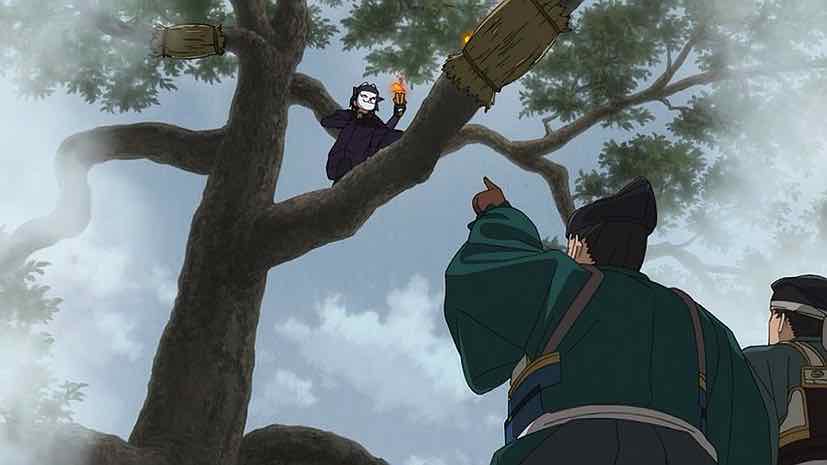
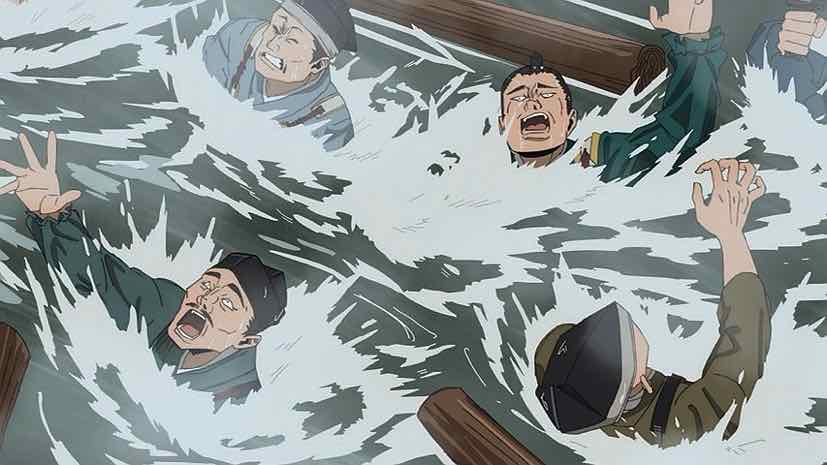
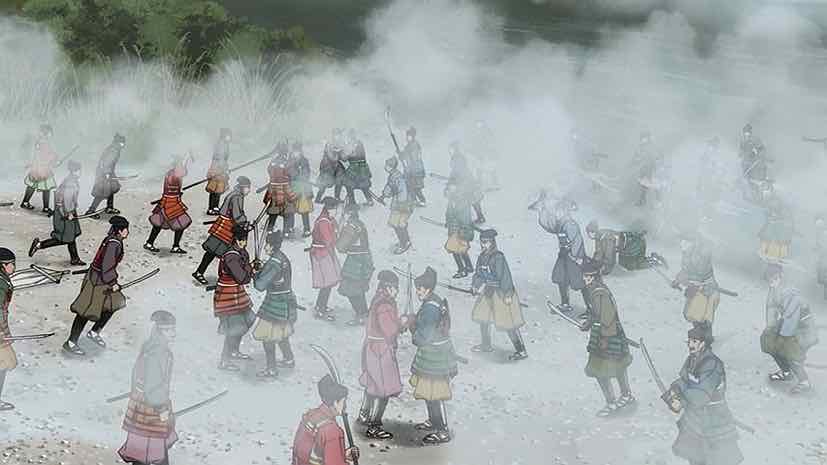
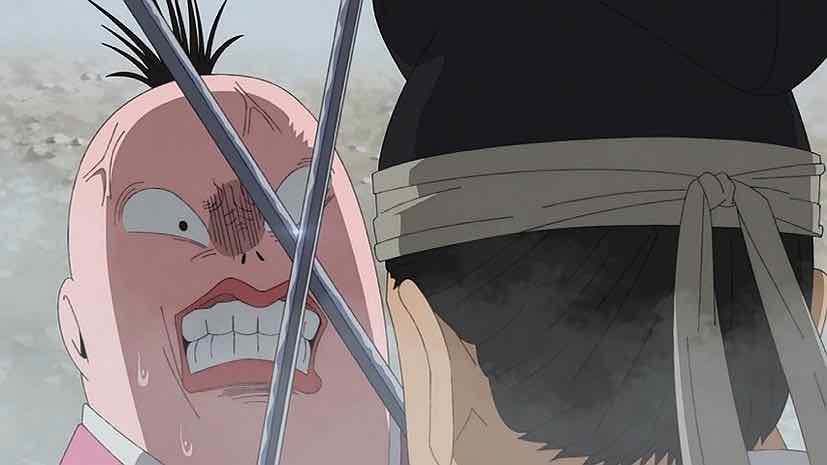
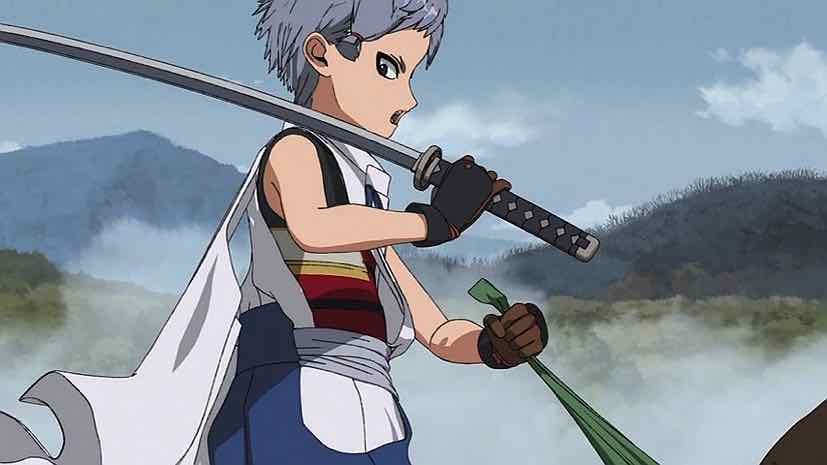


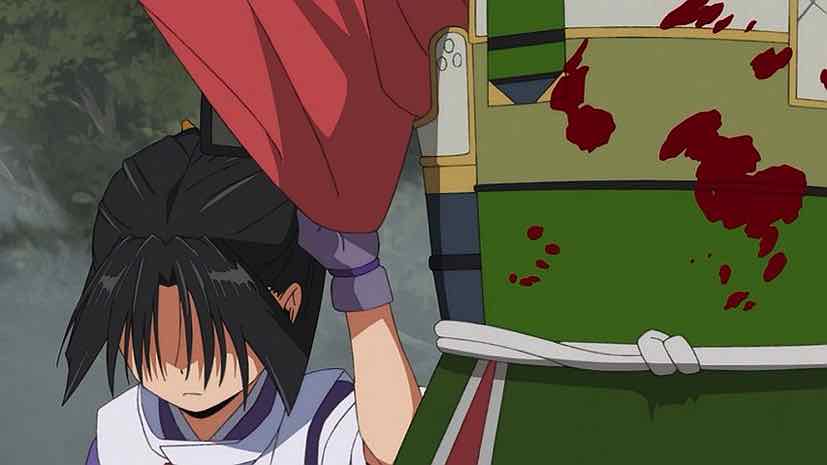
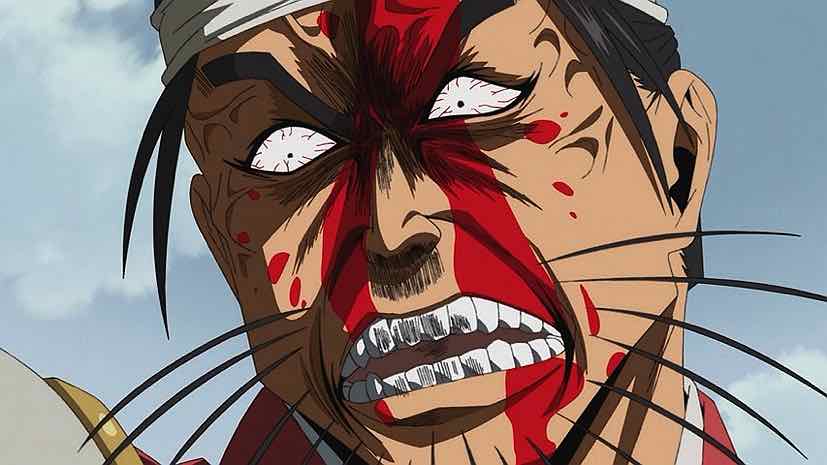
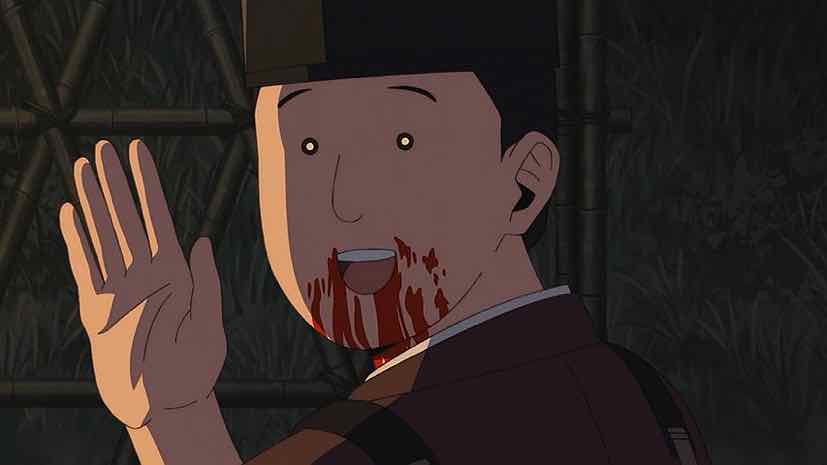
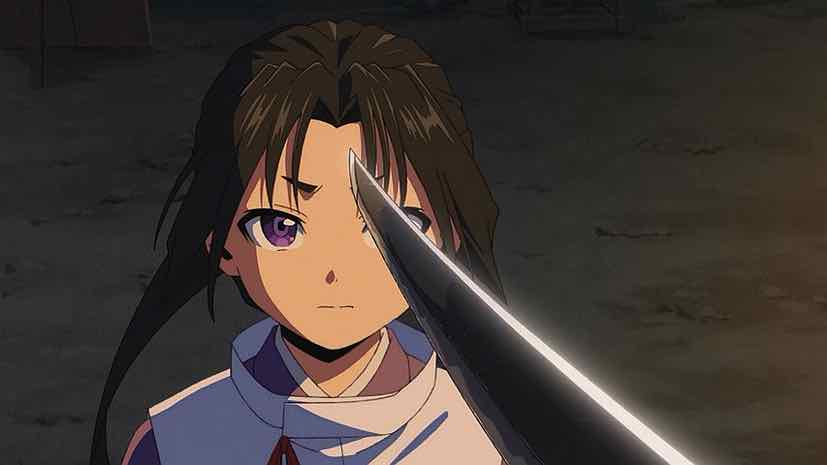

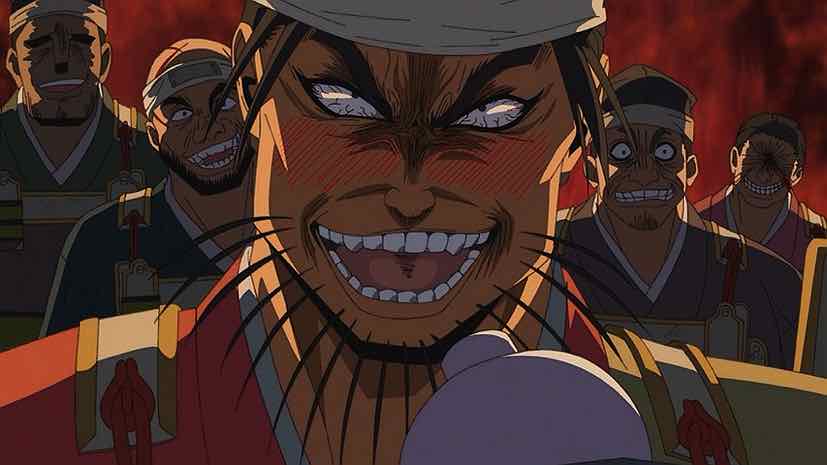
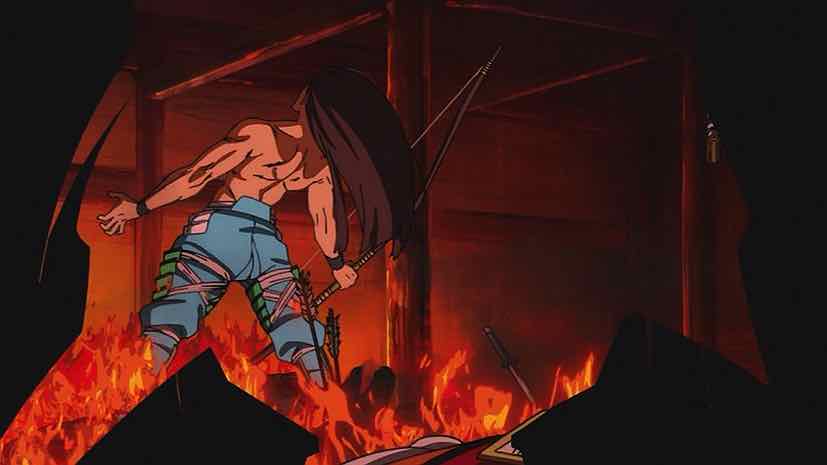
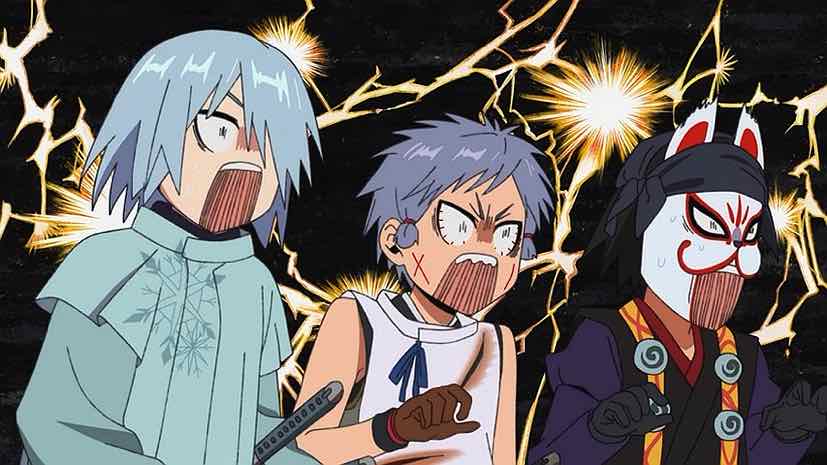
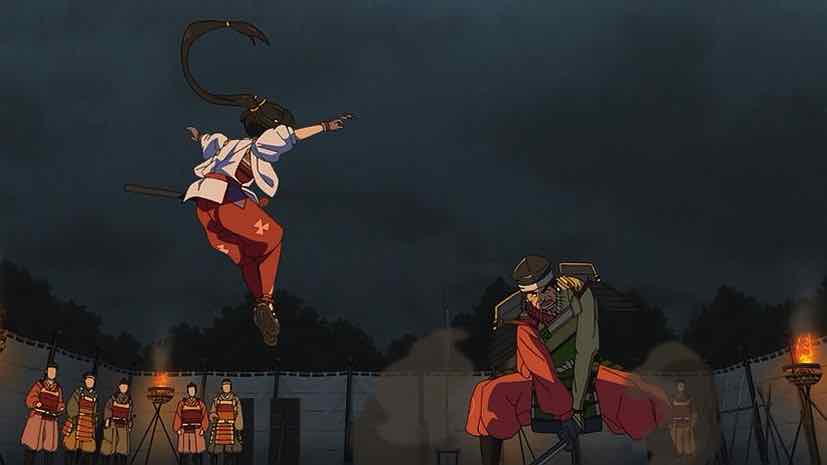
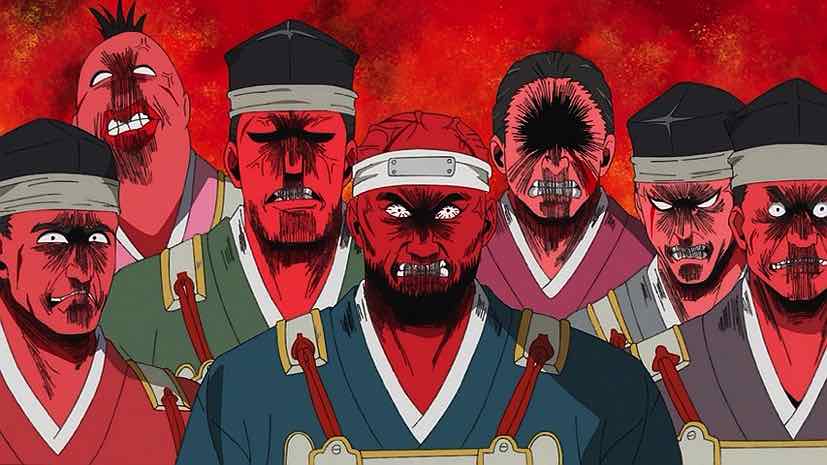
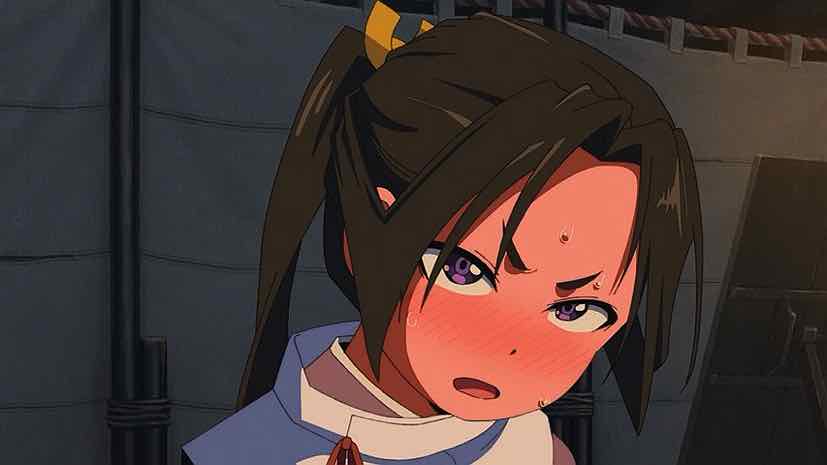
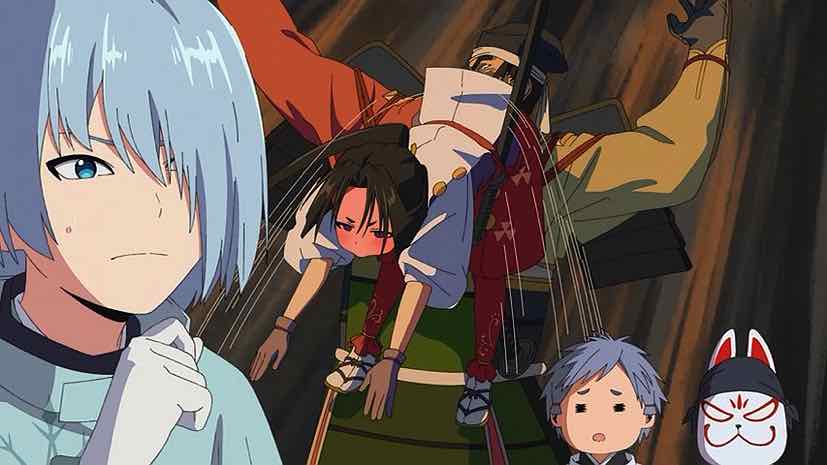


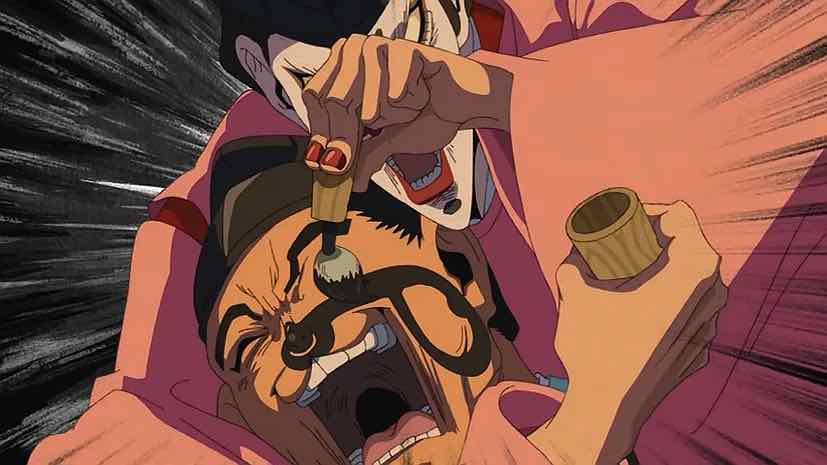
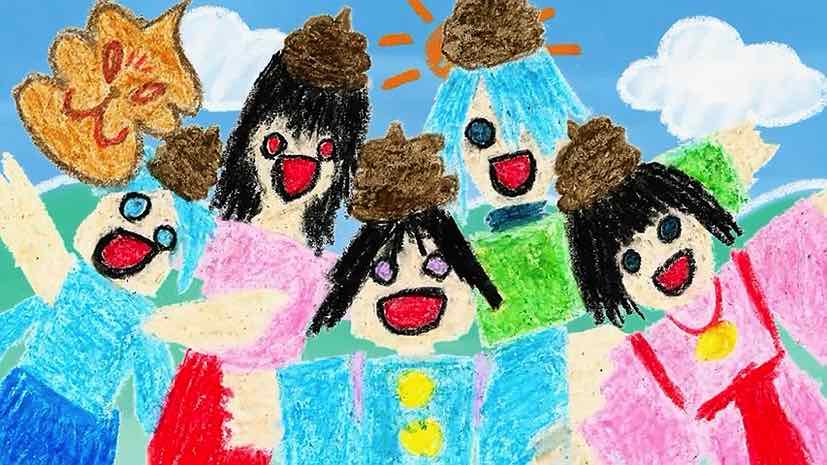
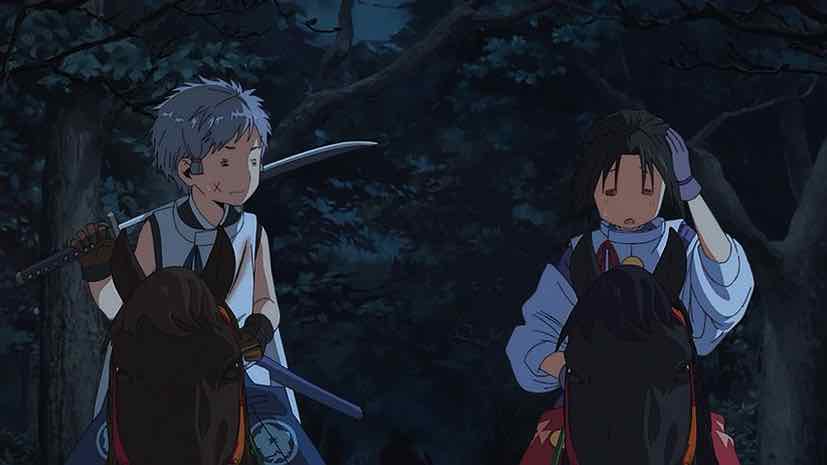
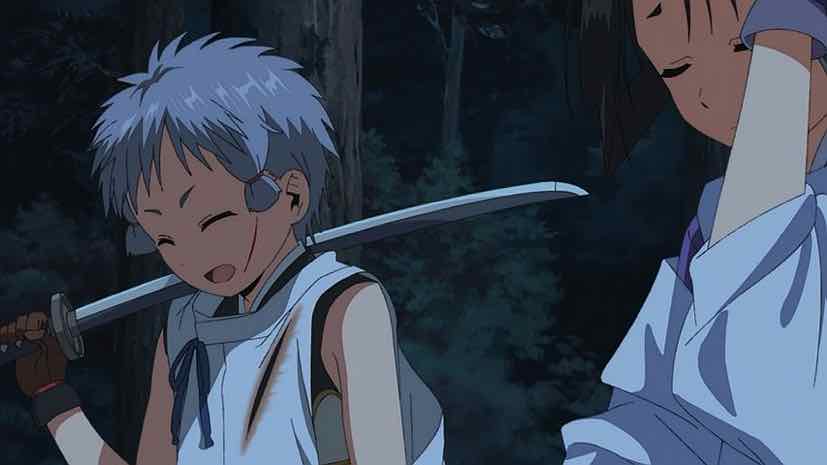
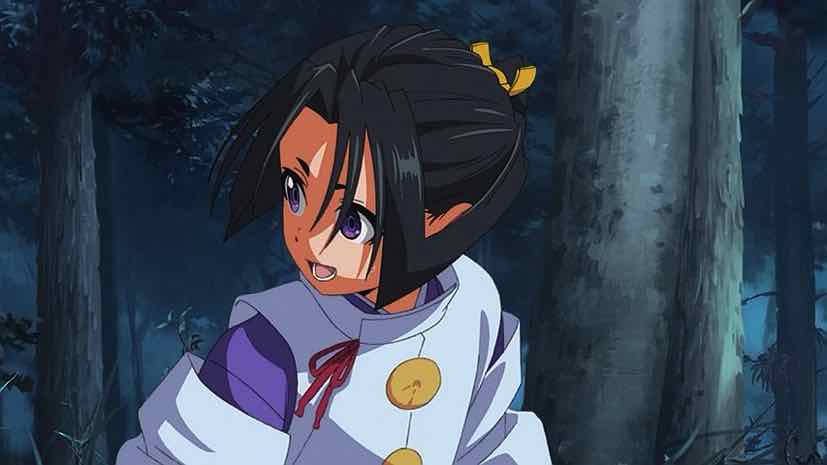
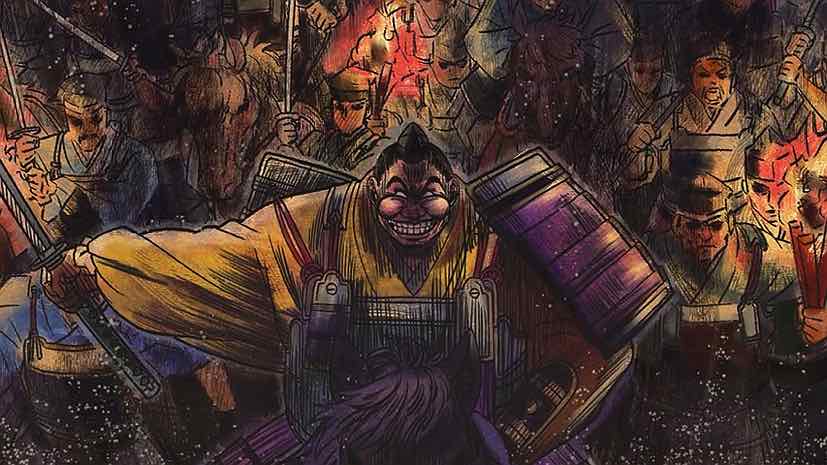
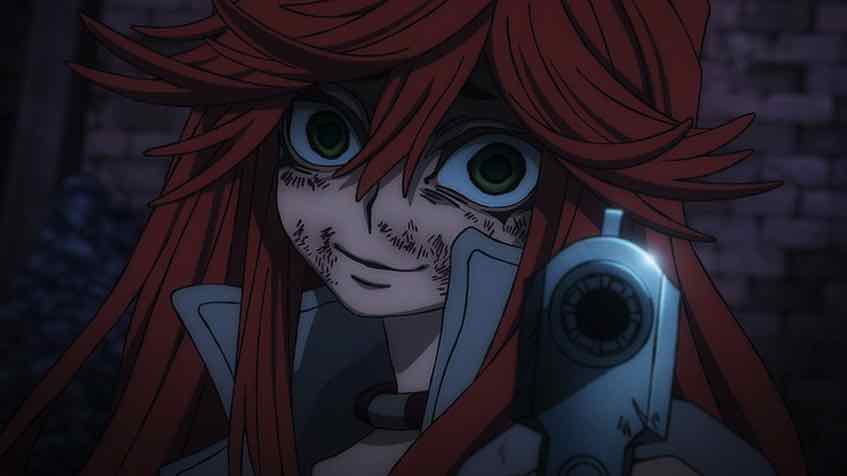

Raikou
September 22, 2024 at 5:10 pmYeah, I actually think the route Nigejouzu chose, which is anti-bushido, is the thing that makes it special to me. Usual historical series always glorifies death, and this is a breath of fresh air.
Like you said, Godzilla Minus One is also a perfect example of this. That is one superb movie.
Guardian Enzo
September 22, 2024 at 5:26 pmProbably the best in the entire franchise for exactly that reason (among others) as much as I love the original.